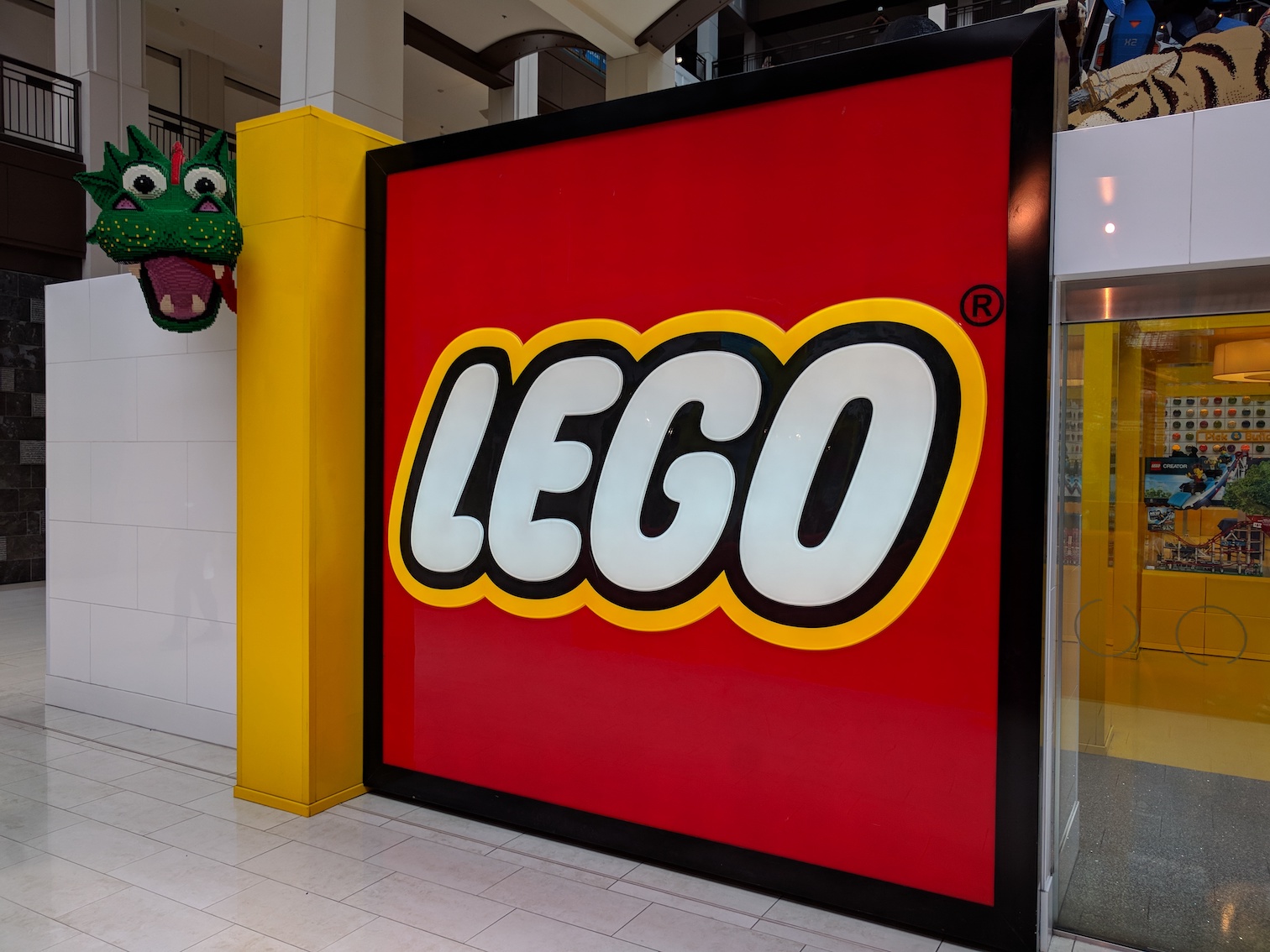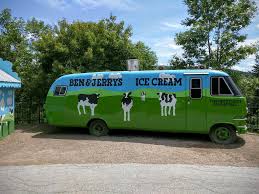One of the biggest life lessons people can be taught is that each person makes up one small part of the world. Individually we can do small things to make big changes, but together we can do great things.
This is the mindset behind Sustainable Development Goals (also known as the Global Goals). By everyone doing their part, we can begin to make progress towards sustaining the world for generations to come. Someone who is educated on the impact we have on the world on an individual level, can go on to help companies with Corporate Social Responsibility (also known as CSR) on a much larger capacity.
On either scale this involves three guiding facets:
- Social
- Economic
- Environmental
These cannot be sustained individually and are thus interdependent.
Everyone needs to learn about these goals even at a young age. The sooner we start adapting to changing how we live, the better chance we have at achieving these goals by 2030. This is the date that was agreed upon when the new Global Goals were outlined in 2015. It is a large undertaking, but we can make it happen.
Teachers around the globe are taking on the task of sharing the message of these goals with their students. The World’s Largest Lesson was created with this goal in mind. This is a place that has endless resources to help teach why we need to all do our part. The lessons include animated films developed by Ken Robinson that are captivating for children. The films include celebrities that the children will recognize and this helps to keep their attention.
Some of the other great resources include books, games, sticker packs, and comics developed to align with the Global Goals. They are definitely worth checking out whether you use them in a classroom setting or even with your own children at home. I know my son was extremely interested to learn more after watching the animated films by Ken Robinson, so we went looking for more!
- “Frieda and the Sustainable Development Goals” – (click the link to read the story)
- “Go Goals” – (printable format available at this link)
- SDG Pandas – (downloadable stickers for use in WhatsApp)
- Freerice – (play the game to have each correct answer equal a real life financial contribution to World Food Programme)
These are just a few of the fun things I have found that can be great tools to use. Anyone can use these and they don’t cost a thing. The purpose is to help spread the mission of the Global Goals.
Keep in mind that while there are guiding principles, the manner, place, and time for teaching the lessons can be whatever works for the group. This can involve assemblies at schools or simply putting up Global Goals posters around the school. Children can also take what they learn back to their homes and discuss ideas of what they can do to help as a family. The more people we get talking about this, the more we can accomplish.
Although the goals are not ranked in any particular order, some of the goals may be more relevant to different parts of the world. When we can communicate this, we can better allocate resources where needed. These problems can range from extreme poverty and access to education, to gender equality.
A good portion of the activities for the Global Goals can be done on smaller individual levels, but we should take into account that on a larger scale, some companies have been adopting their own global goals for some time. In that realm of the world, this is referred to as Corporate Social Responsibility.
When I was earning my first degree in Communication from Virginia Tech, this concept was something that hit me pretty strong. It is the mindset that businesses should be looking at more than their bottom line and instead spend time making choices that have a positive impact on the world. In the Public Relations world, this meant trying to fit campaigns to your brand. If it did not seem like the effort was a genuine undertaking, the actions might be lost on consumers. It has to be sincere and not just a publicity stunt done for good press. It should be seamless.
A few example of companies who continue doing their part include:
Starbucks Coffee – (click to link to read about Starbucks Social Impact)
Lego – (click the link to read all about their Sustainability initiative)
Ben & Jerry’s – (link provides a long history of some of the campaigns that have been done over the years)
This is important to note when discussing sustainable development because the students who are learning about the Global Goals now will eventually be entering the workforce. If they understand what it takes to become more globally aware citizens, they can bring these ideas with them into their new careers. They will have had experience being creative in finding ways to contribute. Globally aware children will have designed pledges or actions that can help make sure we are taking society, the economy, and the environment into account equally.
An interesting activity to go alongside the traditional lessons for the Global Goals could be to have students find and analyze what activities corporations and businesses are doing to help achieve these goals. It could also be a stepping stone to getting involved. They might have programs already in place that students can participate in.
This is just another example of how we might seem like little fish in a big ocean, but we can still help foster positive change.
What can you do to help us reach the Global Goals by 2030?






